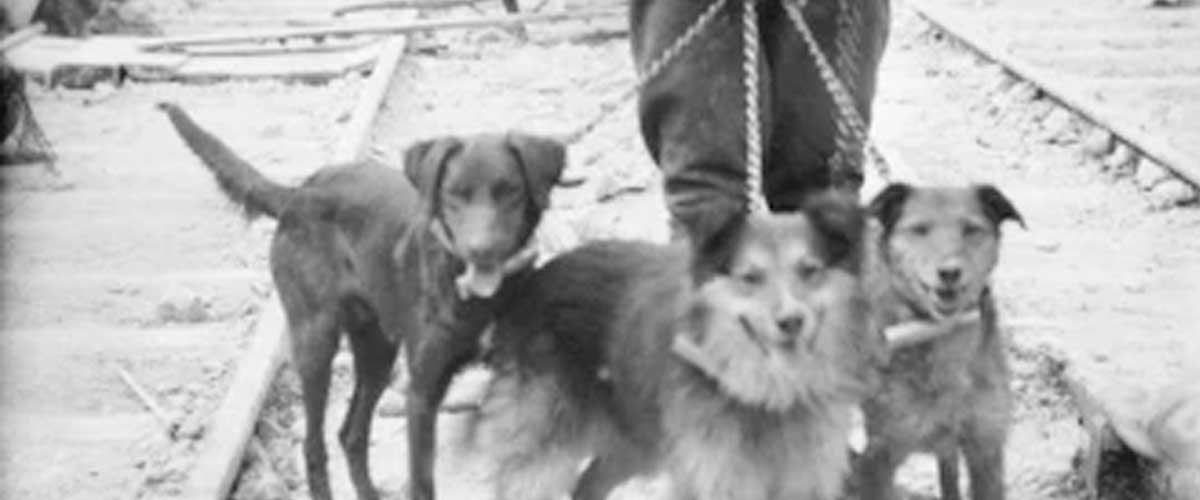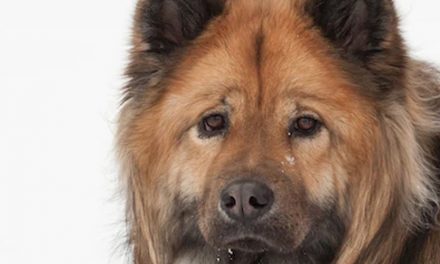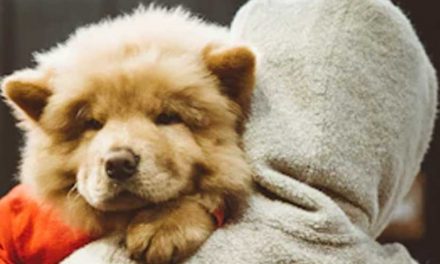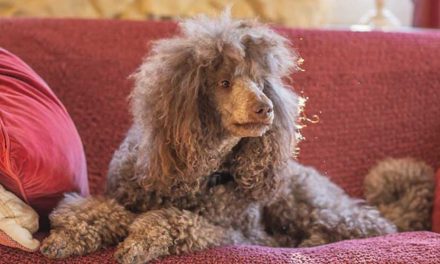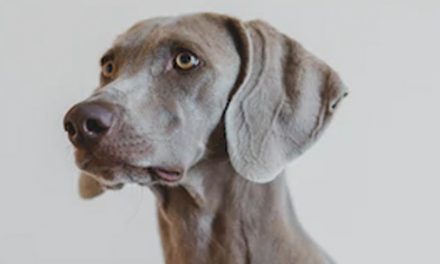Dogs have long been regarded as humanity’s best friend, but their history is far more complex and fascinating than a simple narrative of companionship.
The migration history of dogs intertwines with human development, culture, and adaptation, tracing an extraordinary path across continents and civilizations.
The story begins thousands of years ago
Genetic evidence suggests that domestic dogs (Canis lupus familiaris) descended from wolves and were first domesticated between 20,000 and 40,000 years ago in several regions, primarily in Eurasia.
Early humans relied on wolves for hunting, scavenging, and protection.
Over time, a symbiotic relationship developed; humans provided food and shelter, while wolves adapted to human campsites, leading eventually to the domesticated dogs we know today.
The Migrtion of Dog and Man
As humans migrated, so too did their canine companions.
The initial spread of dogs coincided with the movement of hunter-gatherer societies.
Archaeological findings indicate that as these human groups traversed vast landscapes—from the icy tundras of Siberia to the rich savannas of Africa—dogs accompanied them, offering protection and help in hunting.
Some of the earliest evidence of dog remains has been found in ancient sites, such as the Bonn-Oberkassel dog from Germany, dated around 14,000 years ago, showcasing the deep-rooted connection between humans and dogs from the earliest days of civilization.
The Roles of Dogs
With the advent of agriculture around 10,000 years ago, the roles of dogs began to diversify.
As humans settled and formed permanent communities, certain breeds were developed for specific tasks.
For example, herding dogs were bred to assist with livestock management, while guarding dogs were valued for their protective instincts.
The diversification of dog breeds reflects the myriad ways in which dogs adapted to human needs across various geographies.
Dogs of the World
Throughout history, different cultures adapted and utilized dogs uniquely.
In ancient Egypt, dogs were revered, often depicted in tomb paintings and statues.
They served not only as companions but also as hunters and protectors of property.
In contrast, in many Indigenous cultures across North America, dogs played a crucial role in survival and spiritual practices.
The Inuit people relied on sled dogs for transportation and hunting in the frigid Arctic, showcasing the incredible adaptability of the canine species.
Dogs of Trade
As trade routes developed in the ancient world, dogs became part of global exchanges.
The Silk Road, for example, facilitated the movement of goods, ideas, and animals, including dogs.
This blending of cultures led to further diversification of dog breeds.
The mastiffs likely traveled with traders, while small companion breeds made their way into the courts of aristocracy.
Over centuries, the introduction of dogs into different cultures led to varied breeding practices, enriching the genetic pool and influencing the characteristics of breeds that exist today.
Dogs of Influence
The 19th century marked a significant shift in the way dogs were perceived.
The Victorian era in England particularly influenced the popularity of dog shows and the concept of purebred dogs.
This newfound fascination with various breeds led to systematic breeding practices, establishing breed standards and clubs.
The English Bulldog, Dachshund, and German Shepherd are just a few of the breeds that were refined during this period, shaped both by human preference and the unique characteristics of the dogs themselves.
Stray Dogs
However, the history of dogs is not without challenges.
Throughout time, wars and migrations have led to the displacement of dogs, resulting in countless strays and mixed breeds.
In modern times, issues like overpopulation and abandonment have emerged, highlighting the need for responsible pet ownership and care.
In Conclusion
The migration history of dogs is a testament to their resilience and adaptability.
From their early domestication alongside humans to their roles in various cultures, dogs reflect our shared history and experience.
As we continue to appreciate and care for our canine companions, acknowledging their rich past deepens our bond and understanding.
The journey of dogs through time is more than just a tale of migration; it’s a narrative intertwined with human history, showcasing the profound connection that continues to endure.

